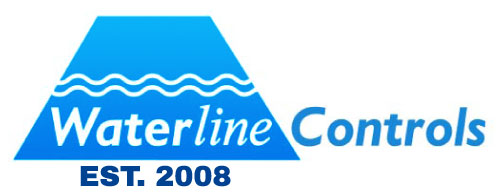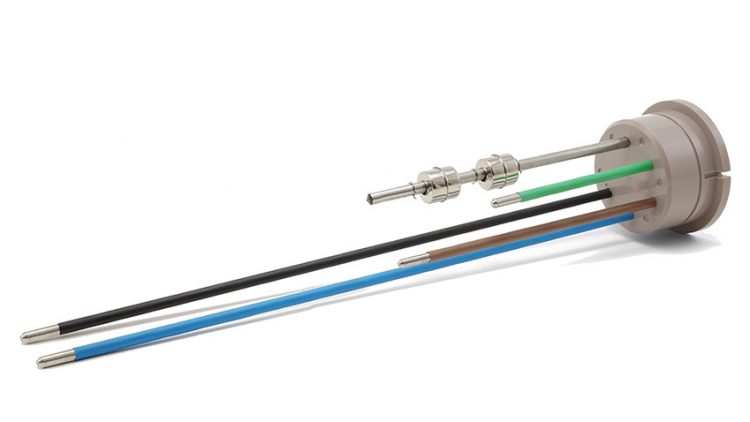How To Install A Water Level Indicator
Installing a water level indicator can be a straightforward DIY project or a more technical job, depending on the type of system (mechanical, float-based, sensor-based, or electronic). Below is a general step-by-step guide for installing a basic electronic water level indicator system for a standard overhead tank.
🧰 What You’ll Need:
-
Water level indicator kit (includes sensors, control unit, wires, and possibly a display)
-
Power drill
-
Waterproof silicone or sealant
-
Electrical tape
-
Screwdriver
-
Cable clips or zip ties
-
Ladder (if the tank is elevated)
🪜 Step-by-Step Installation Guide
✅ 1. Turn Off Power
Always start by turning off the main power supply if you’re working with electrical devices.
✅ 2. Mount the Control Unit
-
Choose a dry, accessible location near the tank or inside your house (depending on the model).
-
Mount the control/display unit on a wall using screws.
✅ 3. Install Sensor Probes in the Tank
You typically need 3 to 5 probes (depending on your system), which measure:
-
Empty/Low level
-
Middle level
-
Full/High level
-
(Optional) Overflow or critical low
How to install:
-
Drill small holes on the tank lid or side wall near the top.
-
Insert the probes or float sensors to the corresponding depths (use the manual to know the exact position).
-
Seal around the holes using waterproof silicone to prevent leakage.
-
Secure the sensor wires with cable clips inside or along the tank body.
✅ 4. Connect Wires to the Control Unit
-
Use the labeled diagram in your kit’s manual to match each sensor wire to its terminal.
-
Typically, wires run from each sensor to a central controller unit via color-coded terminals (e.g., red = full, yellow = mid, green = low).
-
Use electrical tape to secure connections and prevent short-circuits.
✅ 5. Test the System
-
Turn the power back on.
-
Slowly fill the tank and monitor the display or indicator lights.
-
The control unit should light up or beep as water reaches each sensor level.
✅ 6. Optional: Connect to Pump
If your indicator supports pump automation:
-
Connect the pump’s power relay to the controller as instructed.
-
The system will automatically turn the pump on when water is low and off when full.
🔒 Safety Tips:
-
Always use waterproof-rated wires and connectors.
-
Keep control units protected from rain and moisture.
-
Don’t overtighten sensors; water tanks expand slightly when filled.
🛠️ Types of Systems You Can Install:
| Type | Difficulty | Features |
|---|---|---|
| Float-based | Easy | No electricity needed; mechanical |
| Electrode/probe | Moderate | Common in homes; needs wiring |
| Ultrasonic sensor | Moderate | No contact with water; more accurate |
| Smart IoT systems | Hard | Remote monitoring via smartphone |
Our level sensors and controls aren’t just for use in residential potable water holding tanks; some of the other applications include cooling towers, sump pumps, wastewater, boilers, water storage tanks, and building fire protection water tanks.

